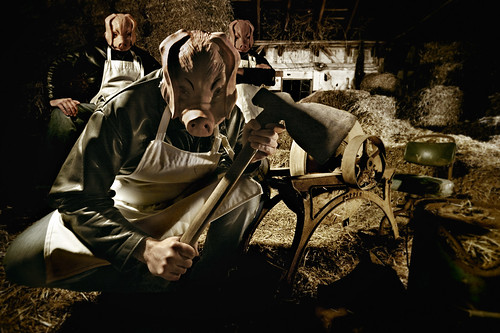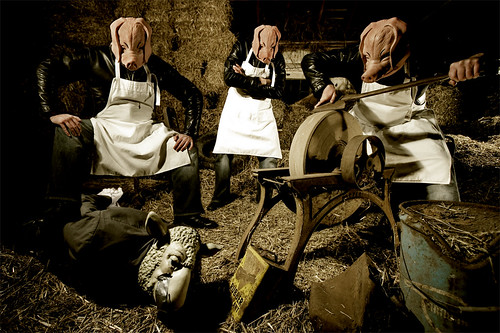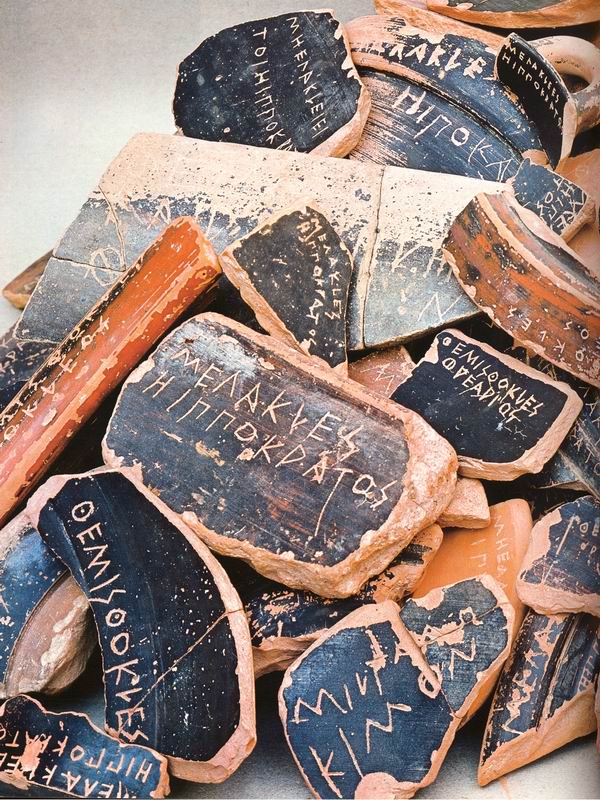
Ausstellung in der National Gallery of Art, Washington 4. September – 27. November 2005 im Germanischen Nationalmuseum Nürnberg 15. Dezember 2005 – 19. März 2006========================================

The Origins of European Printmaking
15th Century Woodcuts and their Public
From Dec 15, 2005 until March19, 2006
The exhibition deals with the "birth" of a mass medium in the late Middle Ages. The earliest pictorial prints owe their existence to a growing demand for personally-owned religious images. Although the early single-leaf woodcuts with their vivid iconography were originally printed in large runs, very few examples have survived. These rank today among the most treasured holdings of any cabinet of prints and drawings. Organized in cooperation with the National Gallery of Art in Washington, D.C. under the curatorship of leading specialists and highlighted by generous loans from all over Europe and the USA, this exhibition offers a fascinating introduction to the early history of printed graphics.
more ... (Link to the German page)
------------------------------------
The first mass-production of images in Europe occurred in the 15th century, making it possible for people of all stations to own a picture. This exhibition of some 140 early woodcuts, books, printed textiles, and other related objects examines the role of replicated images in late medieval culture. Most often early prints provided an inexpensive and easily available picture of a favorite saint or an event from the Passion, but they also made possible the circulation and improvement of maps, the instruction of memory, and notification of counterfeit coins. The exhibition will explore how prints were used and understood in their time, including images designed to convey a New Year's greeting, commemorate pilgrimages, transmit the touch of a holy relic, exorcise demons, and apply for time off in purgatory. Approximately one-third of the exhibition comes from the National Gallery of Art's outstanding collection, together with works from the Germanisches Nationalmuseum, Nuremberg, and loans from many other public and private collections throughout Europe and America
nga website
Exhibition Highlights
---------------------------------------------
Ausstellung in that national Gallery OF kind,Washington 4 September - 27 November 2005in the Germanic national museum Nuernberg 15 December 2005 - 19 March 2006 The exhibition acts of the birth of a "mass medium" in the late Middle Ages. The woodcut, the oldest European picture printing, which introduced the triumphant advance of the printed media, owes its emergence above all to the increasing demand for private possession at religious pictures. Bonded into handwriting or at suitable places in the house the early woodcuts would fulfill various purposes: They served the private devotion, the religious and moral instruction, the drain nature, religious propaganda, the defense of mischief in addition, the switching of practical and taught of knowledge, the decoration, the maintenance and satire. With their broad availability and their high mobility they introduced a new epoch of figurative communication and the spacious European picture transfer. Those the medium own practice of copying and spreading models questions conventional research methods like the style criticism. Therefore to the exhibition sheets were preferably taken up, whose historical context and concrete picture use are restorable. These examples do not only supply load-carrying statements over place and time of their emergence, but contribute also to understand the complex role of the pictures in the culture of the late Middle Ages.The exhibition covers 106 selected examples and is divided into the following sections:The emergence of a medium - the early woodcut - function and use - suffering and Mitleiden - model and instruction - calling the holy ones. By the early a sheet woodcuts with their urgent picture language, printed in high editions, only few, usually unikale copies are received. They belong today to the most precious possession of the graphic collections. With its outstanding existence the Germanic national museum and national the Gallery OF kind in Washington have this first larger international exhibition to this topic in co-operation with prominent specialized knowledge-shank-learn conceived.With hochkaraetigen loans from the large European and American collections, the exhibition gives a fascinating, so to view ever not shown of the early history of pressure graphics. In the apron intensive scientific searches and complex art-technical investigations were employed. On the basis of new questions the exhibition throws new light on the oldest certifications of the European picture pressure and can numerous surprising results offer. To the exhibition an extensive catalog in English and German expenditure, worked on by Richard S. Field (ehem. Yale University museum OF kind, appears new Haven), David acre Ford (University OF Massachusetts, Boston), Peter Parshall (national Gallery OF kind, Washington), Peter Schmidt (Johann Wolfgang von Goethe-Universitaet, Frankfurt), Yasmin Doosry and Rainer Schoch (Germanic national museum, Nuernberg). Ordering type in the publishing house of the GNM. Scientific colloquia accompany the exhibition in Washington and Nuernberg.translated from german by babelfish





































